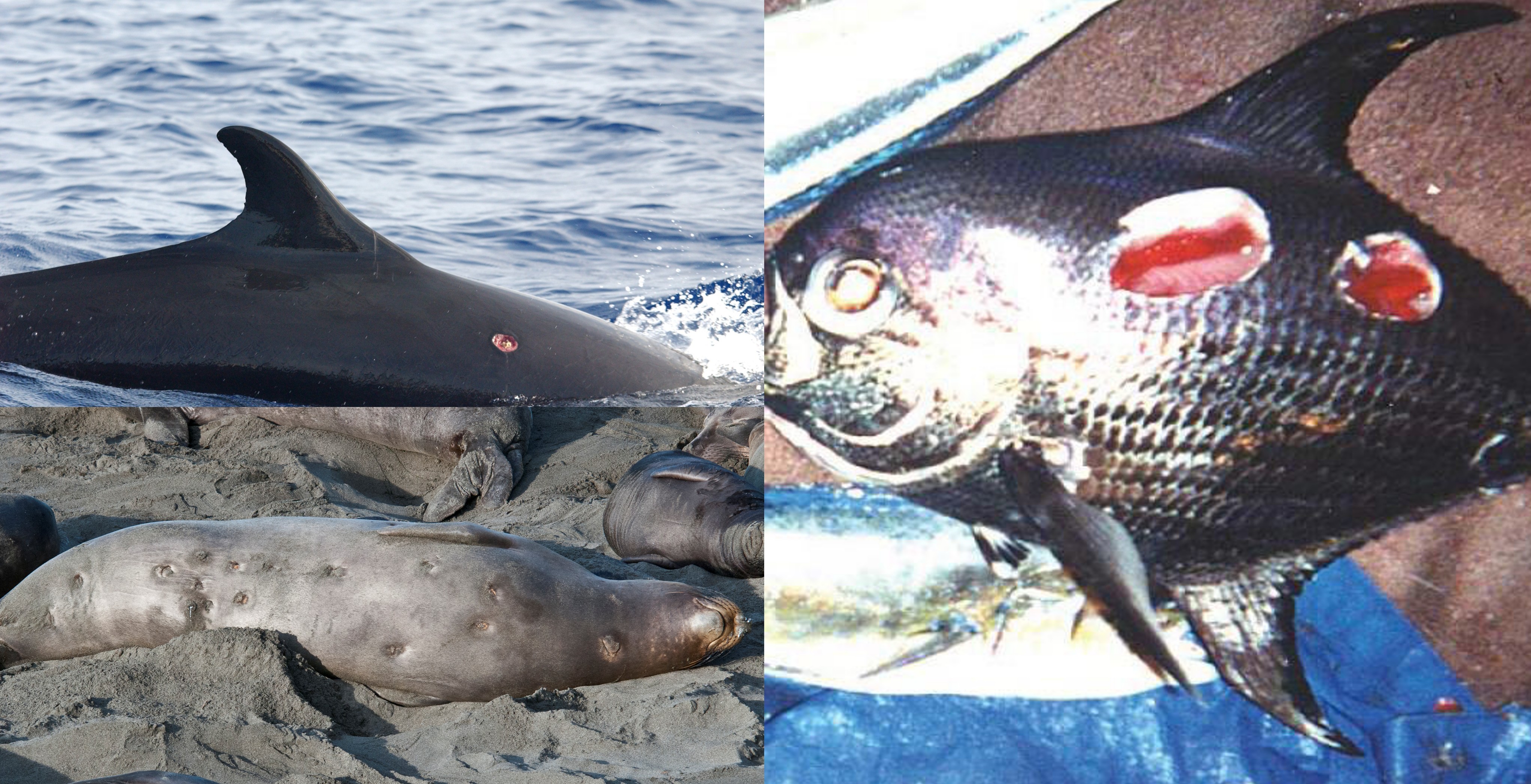We might know scarily little about what lies within our oceans, but one thing we have learnt is that it appears to be absolutely chocka with freaky-looking little weirdos – and cookiecutter sharks are the perfect example.
This strange group of sea critters consists of two species: the smalltooth cookiecutter shark, often shortened to just “cookiecutter shark” (Isistius brasiliensis); and the largetooth cookiecutter shark (Isistius plutodus). The smalltooth is the better-known of the two and has been found worldwide, though both are typically seen in tropical and subtropical waters, where they live down in the deep during the day and migrate vertically to the surface at night.
Both species are small as sharks go (though not the smallest) growing to about 50 centimeters (19.7 inches) – that’s about 11.5 meters (37.7 feet) smaller than whale sharks, the biggest shark species. What they lack in size, however, they more than make up for with their impressively sharp set of teeth.

Imagine being a dentist for sharks though.
Image credit: NOAA
As you might’ve already guessed, it’s these chompers that help to distinguish between the two species. The largetooth cookiecutter shark has much larger lower teeth than its comparatively small-toothed relative. In fact, I. plutodus has the largest teeth relative to its body size of any living shark species. That’s a pretty gnarly set of gnashers for such a small shark.
So why the common name of “cookiecutter”? It’s not because they all look exactly the same, but because of how they take a chunk out of their prey.
Cookiecutter sharks first latch onto larger animals like marlin, tuna, seals, and dolphins using their suction cup-like lips and teeth. So far, that doesn’t sound too weird – but then they start moving. Spinning their bodies around, the cookiecutter sharks’ serrated bottom teeth cut through their prey’s flesh until they remove a round, “cookie-shaped” plug from the body. Clearly orcas aren’t the only ones with surgical precision.

All sorts of sea creatures fall victim to the cookiecutter shark.
Image credit: NOAA; modified by IFLScience
Though it appears to be rare, cookiecutter sharks have been known to use this bizarrely precise technique on humans, too. As of 2024, there have been seven such cases reported worldwide, six of which took place in Hawaiian waters. According to a study published in the same year, this could have something to do with there being a moonless night sky.
When study authors Steven Minaglia and Melodee Liegl analyzed data from 1961 to 2023 on swims across channels in Hawai’i, attacks on humans by cookiecutter shark species, and whether or not the Moon and/or Sun was in the sky, they found that a moonless night sky appeared to be a “significant risk factor” for swimmers getting a cookie-shaped chunk taken out of them.
“When I noticed that five out of six shark bites occurred on moonless nights, I felt a duty to publish these important findings that can potentially improve safety for channel swimmers,” said Minaglia in a statement. “I hope this research provides valuable insights into safe swimming practices for the global swimming community.”
I think I’ll stick to my inflatable boat… oh wait.
Source Link: Cookiecutter Sharks Are Adorable Little Freaks – And Eat Their Prey In A Bizarre Way